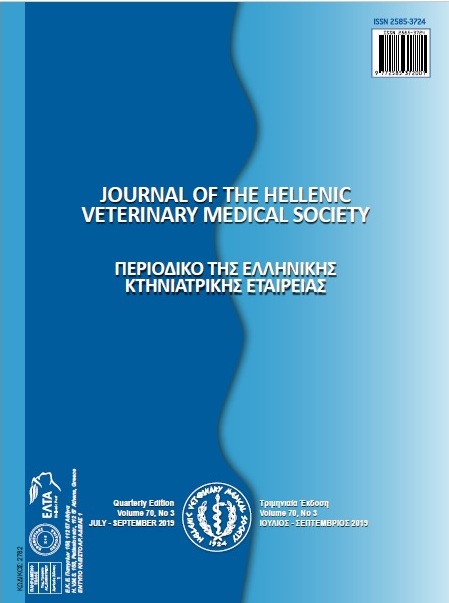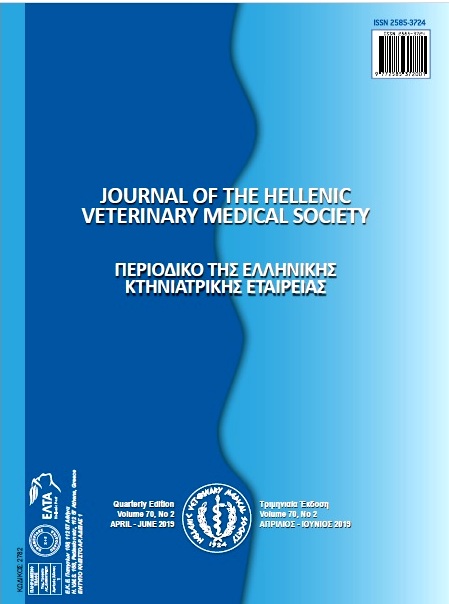Clinical and molecular characterization of both methicillin-resistant andsensitive staphylococcus aureus mastitis
Abstract
This study targeted bovine mastitis as a possible source of livestock-associated methicillin-resistant Staphylococcus aureus (MRSA), to identify clinical signs associated with MRSA- and non-MRSA-associated mastitis. Thirty-eight mastitis cases (68 infected quarters) were investigated. Gram-positive cocci-shaped isolates were selected based on Baird Parker agar growth as well as Gram-stained bacterial smears. Molecular screening for Staphylococcus aureus (S. aureus) yielded 17 isolates, of which five (29.41%) were methicillin resistant. The five isolates were mecA positive, but mecC negative. Multilocus sequence typing (MLST) indicated that sequence type 1 (ST1) was the identified type of all isolates of MRSA. S. aureus-associated cases showed different clinical forms of mastitis, including subclinical, acute, chronic, and gangrenous. Additionally, subclinical mastitis was the only detected condition associated with MRSA, which may represent a potential hidden risk for humans. Phenotypically, isolates of MRSA showed resistance to all of the tested β-lactam antimicrobials, with marked resistance to tetracycline and gentamycin. Based on our knowledge, this is the first report to identify MRSA ST1 in Egypt. Bovine mastitis could be a source for the dissemination of MRSA to humans and other animals. Additionally, while methicillin-resistance may have no effect on the clinical outcome of mastitis, it does affect therapeutic success, particularly when β-lactam antimicrobials are used.
Article Details
- How to Cite
-
OREIB, A., KHALIFA, H., EID, A., AHMED, A., SHIMAMOTO, T., & SHIMAMOTO, T. (2019). Clinical and molecular characterization of both methicillin-resistant andsensitive staphylococcus aureus mastitis. Journal of the Hellenic Veterinary Medical Society, 70(3), 1743–1748. https://doi.org/10.12681/jhvms.21805
- Issue
- Vol. 70 No. 3 (2019)
- Section
- Research Articles

This work is licensed under a Creative Commons Attribution-NonCommercial 4.0 International License.
Authors who publish with this journal agree to the following terms:
· Authors retain copyright and grant the journal right of first publication with the work simultaneously licensed under a Creative Commons Attribution Non-Commercial License that allows others to share the work with an acknowledgement of the work's authorship and initial publication in this journal.
· Authors are able to enter into separate, additional contractual arrangements for the non-exclusive distribution of the journal's published version of the work (e.g. post it to an institutional repository or publish it in a book), with an acknowledgement of its initial publication in this journal.
· Authors are permitted and encouraged to post their work online (preferably in institutional repositories or on their website) prior to and during the submission process, as it can lead to productive exchanges, as well as earlier and greater citation of published work.




